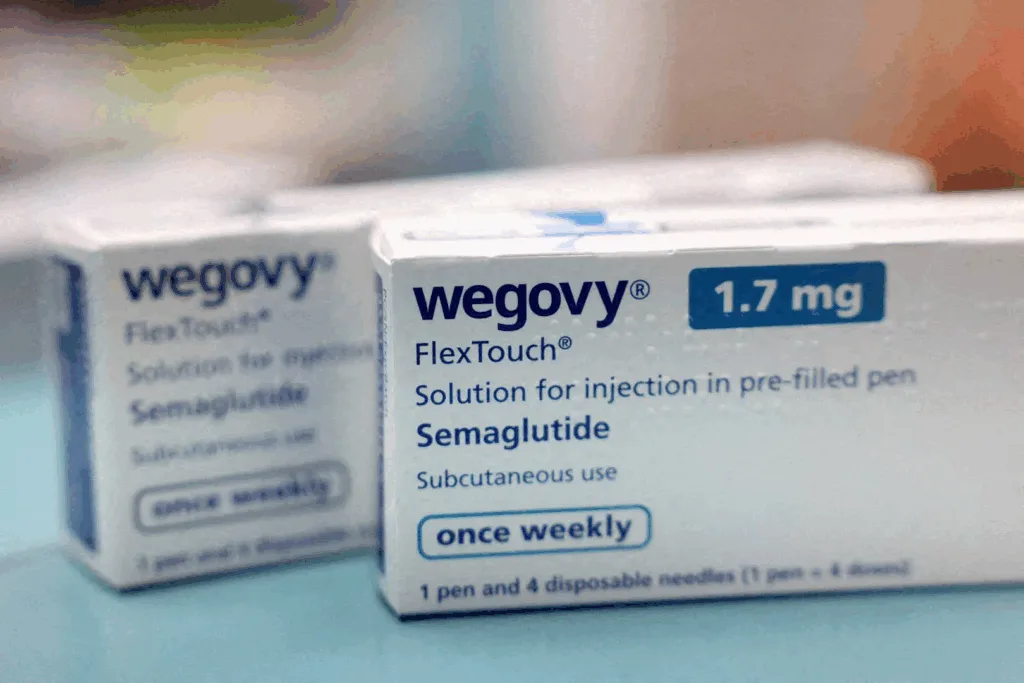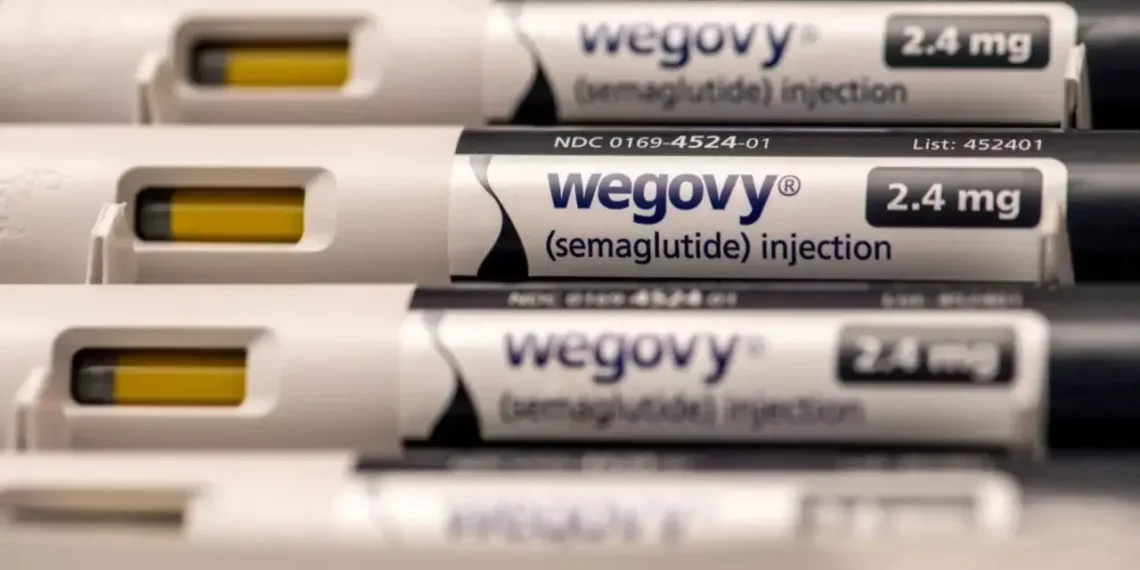Danish pharmaceutical giant Novo Nordisk has made a bold move in India’s rapidly growing obesity treatment market by cutting Wegovy prices by up to 37%. This strategic decision comes as the company battles fierce competition from rival Eli Lilly’s blockbuster drug Mounjaro, which has dominated the Indian market since its March 2025 launch.
Table of Contents
What’s Changed? Novo Nordisk New Pricing Structure
| Dosage Strength | Previous Price | New Price | Weekly Cost |
|---|---|---|---|
| 2.4 mg (Highest) | ₹24,389 | ₹16,400 | ₹4,100 |
| 1.7 mg | ₹26,050 | ₹16,400 | ₹4,100 |
| 1.0 mg | ₹17,345 | ₹13,850 | ₹3,463 |
| 0.5 mg | ₹17,345 | ₹13,850 | ₹3,463 |
| 0.25 mg (Lowest) | ₹16,261 | ₹10,850 | ₹2,712 |
The most dramatic reduction comes for the highest 2.4 mg dose, now costing approximately $186.59 monthly—making premium obesity treatment more accessible to India’s growing middle class.

Why the Aggressive Price Cut?
India is turning out to be a key battleground for Novo Nordisk and U.S. drugmaker Eli Lilly as they compete fiercely for a bigger share of the global market for weight-loss drugs that analysts estimate could be worth $150 billion annually by the end of the decade.
Several factors drove this decision. Wegovy entered India in June and is playing catch-up to Lilly’s Mounjaro, whose sales have doubled within months of its launch in March. Additionally, Wegovy’s active ingredient semaglutide goes off patent in India in March 2026, paving the way for generic drugmakers to enter the market.
“We have made sure to listen to our patient and doctor communities,” explained Vikrant Shrotriya, Managing Director of Novo Nordisk India.
The Bigger Picture: India’s Obesity Crisis
Both Wegovy and Mounjaro belong to the GLP-1 receptor agonist class—revolutionary treatments that promote sustained fullness and address both obesity and diabetes. With lifestyle diseases surging across urban India, these medications represent a medical breakthrough beyond traditional diet and exercise approaches.
The competition has intensified significantly. The price cut comes days after Mounjaro became India’s top-selling drug by value in October. Novo Nordisk has partnered with Emcure Pharma for distribution, while Lilly collaborates with Cipla—strategic alliances aimed at widening market penetration.
What Experts Are Saying
Industry analysts view this as calculated competitive strategy. “This could also be because generics are also entering the market in 2026, so a lower price will help Novo compete better,” said Systematix Institutional Equities analyst Vishal Manchanda, noting how Mounjaro is “doing better” than Wegovy in India.

Dr. Anoop Misra, Chairman of Fortis C-DOC Hospital for Diabetes, welcomed the development: “This price correction will enable a wider section of patients, especially in urban middle-income groups, to afford it.”
The Future of Weight-Loss Treatments
This pricing battle signals just the beginning. Both companies have struck similar deals in the United States for Medicare and Medicaid programs, indicating a global shift toward accessibility. As generic versions loom on the horizon and pharmaceutical innovation accelerates, patients stand to benefit from increased competition and lower prices.
For now, Novo Nordisk’s aggressive pricing strategy represents a critical gambit to secure market share before the 2026 patent expiration reshapes India’s obesity treatment landscape entirely.
FAQs
Q: Will the price cut make Wegovy more affordable than Mounjaro?
A: While prices are now more competitive, availability and doctor preferences also influence treatment choices. Both medications are now priced more accessibly than at launch, making them viable options for more patients.
Q: What happens when the patent expires in March 2026?
A: Generic manufacturers will be able to produce semaglutide-based alternatives, potentially driving prices down further and dramatically expanding access to weight-loss treatments across India’s diverse economic segments.








